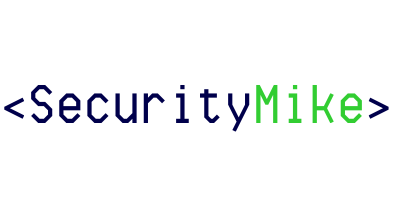In the ever-evolving realm of cybersecurity, a new name has surfaced that demands attention: the Alpha Ransomware Group. This group, distinct in its operations and tactics, has recently announced its arrival on the cyber threat stage by launching a Dedicated/Data Leak Site (DLS) on the Dark Web. The site, intriguingly named “MYDATA,” currently showcases data from six initial victims, spanning various industries, including electrical, retail, biochemical, apparel, health, and real estate. This geographic and sectoral diversity indicates the group’s broad targeting strategy, affecting organizations in the UK, the US, and Israel.
Emergence and Technical Analysis
First detected in May 2023, Alpha Ransomware has quickly differentiated itself in the crowded ransomware ecosystem. Unlike its contemporaries, Alpha is characterized by its unique signature: the appending of a random 8-character alphanumeric extension to encrypted files. This evolving methodology, transitioning from using random numbers to a more complex alphanumeric code, signifies the group’s growing sophistication and adaptability.
Despite its burgeoning reputation, Alpha’s infection rate remains notably lower than that of its competitors. As of now, no active samples are available for thorough analysis. This scarcity of samples presents a significant obstacle for cybersecurity researchers and professionals striving to understand and combat this new threat.
Operational Instability and Ransom Tactics
The operational stability of Alpha’s DLS, “MYDATA,” has been observed to be somewhat erratic, frequently going offline. This instability hints at the group’s nascent stage in establishing its cybercriminal operations. The site is not just a platform for data leaks; it also includes a victim login prompt, offering various functionalities such as invoice access, chat support, information provisioning, test decryption services, and a logout feature.
One of the most striking aspects of Alpha Ransomware is the apparent inconsistency in its ransom demands. This lack of uniformity suggests a combination of professional talent and amateurism within the group, a duality that adds an unpredictable element to their cybercriminal activities.
The Road Ahead: Implications and Strategies
In light of Alpha Ransomware’s emergence, organizations must engage in continuous monitoring and analysis to better understand and mitigate the threat posed by this new ransomware variant. The group’s targeting of a wide array of sectors and regions underscores the need for a robust and adaptable cybersecurity strategy.
The blend of expertise and inexperience within Alpha’s operations serves as a reminder that new cyber threats can emerge with a unique set of characteristics and tactics, challenging established cybersecurity norms and defenses. As such, staying informed, vigilant, and proactive is key to protecting against the evolving landscape of cyber threats, including the likes of Alpha Ransomware.
Conclusion
The Alpha Ransomware Group reminds us of the dynamic and unpredictable nature of cybersecurity threats. As this new player continues to develop and refine its strategies, the need for heightened vigilance and adaptive security measures becomes more pronounced. In a world where digital threats are increasingly sophisticated and diverse, understanding and preparing for such emerging challenges is not just advisable but essential.
References
- “Alpha Ransomware Group Launches Data Leak Site on Dark Web” by nquiringminds Ltd: nquiringminds.com
- “Unveiling Alpha Ransomware: A Deep Dive into Its Operations” by Netenrich: netenrich.com
- “Alpha Ransomware Group Launches Data Leak Site on the Dark Web” by RedPacket Security: redpacketsecurity.com


Pingback: The Silent Threat: How to Detect and Prevent Covert Cyber Intrusions - SecurityMike
Pingback: Ransomware Forensics: Tracing the Source of LockBit 3.0 Attacks - SecurityMike
Pingback: Cybersecurity Tools: Essential Software for Protecting Your Network - SecurityMike